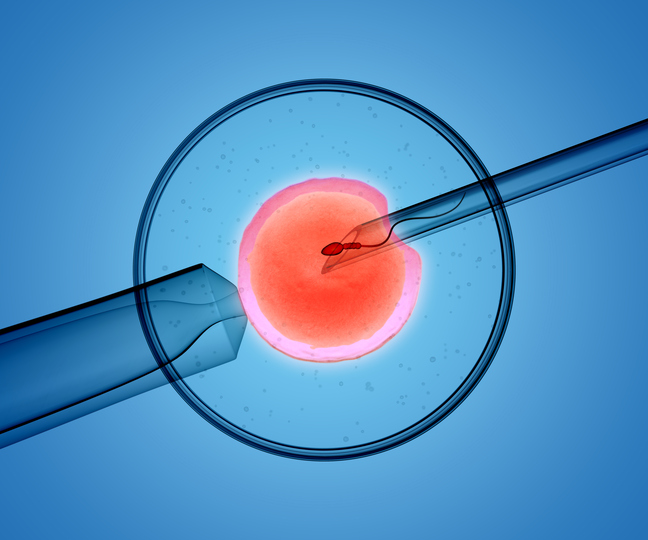 Celebrities have helped put In Vitro Fertilization – IVF – in the spotlight, but the process is one that many women are turning to as an option for starting a family. With Black women suffering disproportionately and often in silence from uterine fibroids, unexplained infertility and various ovulation disorders, it’s important to have the conversation about what IVF is and what it involves.
Celebrities have helped put In Vitro Fertilization – IVF – in the spotlight, but the process is one that many women are turning to as an option for starting a family. With Black women suffering disproportionately and often in silence from uterine fibroids, unexplained infertility and various ovulation disorders, it’s important to have the conversation about what IVF is and what it involves.
What Is IVF?
In technical terms, IVF is an assisted reproductive treatment that fertilizes eggs by first extracting them and then manually combines an egg with either a donor sperm or the father’s sperm in a lab dish. The embryo(s) is then placed in the uterus, the American Pregnancy Association says.
While there are many reasons couples may choose to forgo IVF, it is most commonly used to treat infertility due to:
- Damaged fallopian tubes
- Decreased sperm count and motility
- Ovulation issues
- Uterine fibroids
- Genetic disorders
What to Expect
According to the experts, there are five basic steps involved with embryo transfer:







